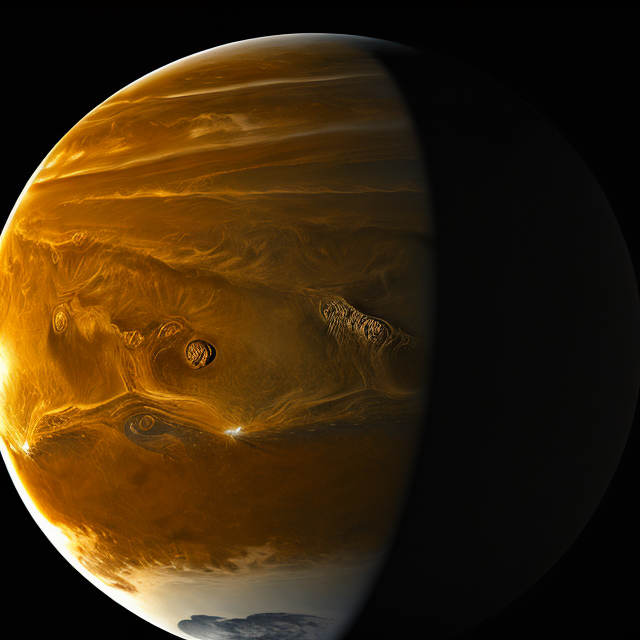|
|
Space Astro
|
Info for exoplanet "Irona"
| Scientific (actual) data |
|---|
| Planet | HD 211847 b |
| Planet status | Confirmed |
| Mass sini | 19.2 |
| Orbital period | 7930 |
| Semi major axis | 7.5 |
| Orbit eccentricity | 0.685 |
| Discovered | 2011 |
| Updated | 2014-06-18 |
| Omega | 159.2 |
| Publication | Published in a refereed paper |
| Detection type | Radial Velocity |
| Star name | HD 211847 |
| Right ascension | 335.23° |
| Declination | -41.43° |
| Mag v | 8.78 |
| Star distance | 50.6 |
| Star metallicity | -0.08 |
| Star mass | 0.94 |
| Star sp type | G5V |
| Star age | 3 |
| Star temperature | 5715 |
| Wikipedia article | HD 211847 b |
Back
| |
| Fictional info (?) |
|---|
| Suggested name | Irona |
| Planet type | Cold planet |
| Irona has been known to astronomers since the medieval. When viewed from Buhev, Irona can reach an apparent magnitude of -3, bright enough for its reflected light to cast shadows, and making it on average the third-brightest object in the night sky. This cold planet is named after the deity Irona, the goddess of destruction.
Having almost no atmosphere to retain heat, it has surface temperatures that vary diurnally more than on any other planet in its solar system, ranging from 165°K (-108°C) at night to 420°K (147°C) during the day across the equatorial regions.
Two spacecraft have visited Irona: Daedalus 4 flew by 23 years ago; and Messenger, launched 23 years ago, orbited Irona over 95 times in four years before exhausting its plasma drive and crashing into the planet's atmosphere 5 years later.
The rotational period and seasonal cycles of Irona are likewise similar to those of Earth, as is the tilt that produces the seasons.
The latest probe to visit the planet is Pointer, which entered into orbit around Irona after a problematic ride.
Observations from Earth have shown seasonal change and increased weather activity as Irona approached its equinox 9 years ago.
Surface crowded with friendly interesting technological beings, the "Sijed", which survive in the air while killing the Aneweca-re if the weather permits it. They are believed to be related to the Zosyr Unoq, have 5 tentacles and vary in size from 26 to 32 cm. Most Sijed can thrive at temperatures from -100 to -70°C and ultra violet light which is common on Irona. |
| Estimated population | 26000000 |
| Atmosphere | Water | 96% |
| Carbon dioxide | 2.8% |
| Methane | 0.52% |
| Oxygen | 0.094% |
| Atmospheric pressure | 60 bar |
 |
| Moon | Tuger Inawo-b | Very small almost round rocky asteroid |
| Isazis Ab | Small round rocky moon |
| Efel Yrec-up | Medium-sized almost round ice moon |
| Liruro-xer | Small potato shaped oceanic moon |
| Enegekil | Large potato shaped oceanic moon |
| Google search for Irona |
|
Website by Joachim Michaelis
|
|
|
|